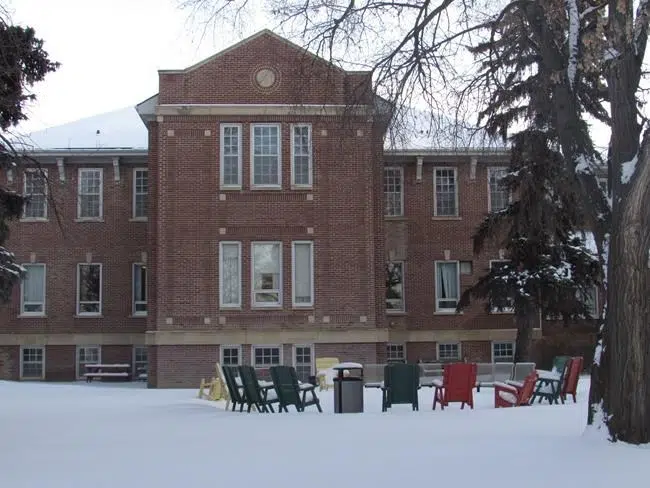
Saskatchewan’s first mental hospital closing its doors after 100 years
NORTH BATTLEFORD, Sask. — At its peak, the massive red-brick complex with a scenic view of he North Saskatchewan River was a community unto itself.
Saskatchewan Hospital, which first opened to patients in 1914, had its own barns, cattle, grain field, school and chapel — even a curling club and legion.
For more than a century, it has provided care for thousands of mentally ill patients who were untreatable, abandoned and alone.
“We get the worst of the worst individuals in the province and when I say that I mean the most ill. The most ill, the most treatment resistive, the most underdog population of the province,” says Linda Shynkaruk, director of Saskatchewan Health North Battleford, who started at the institution 34 years ago as a psychiatric nurse.


